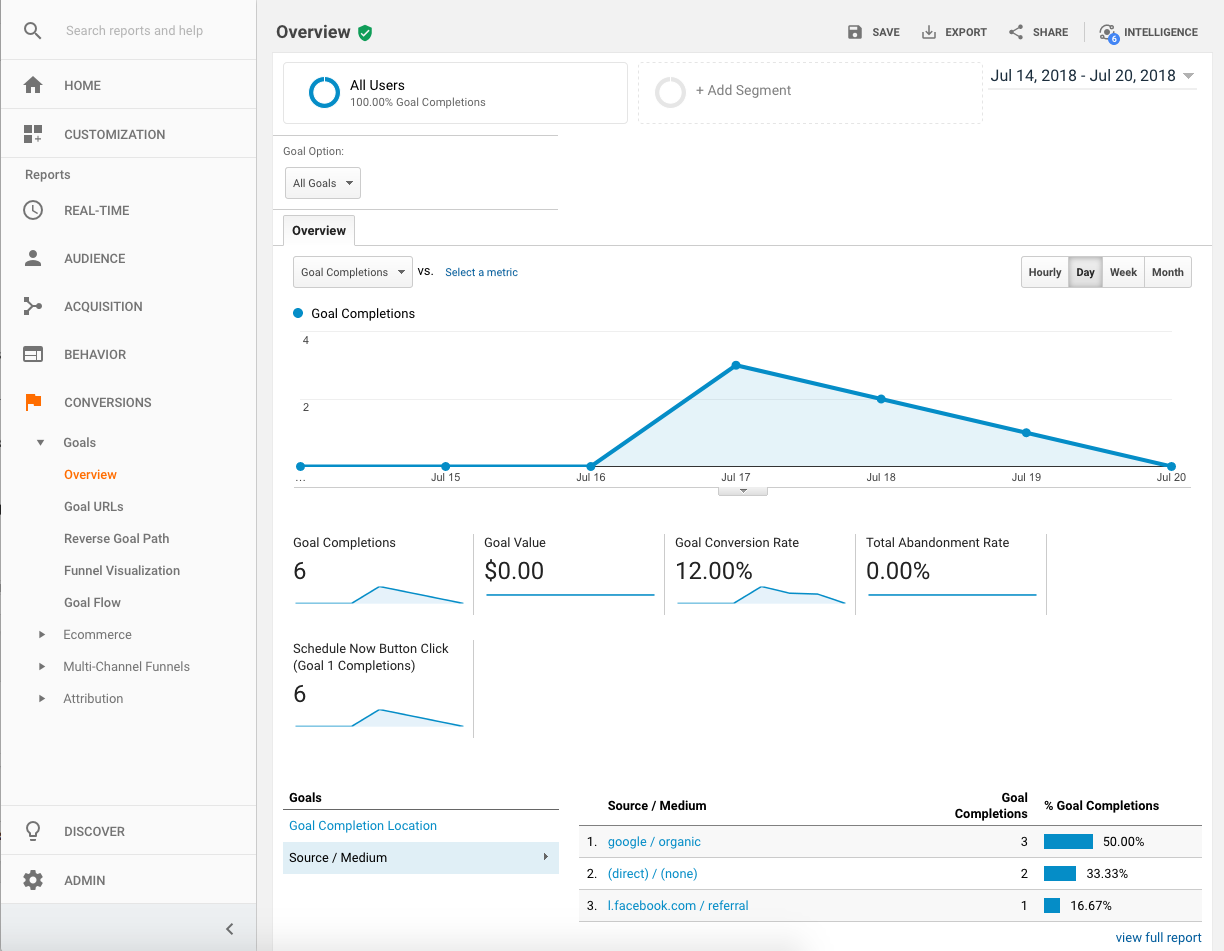Comprehensive Checklist of What Data Is Google Analytics Goals Unable to Track
Comprehensive Checklist of What Data Is Google Analytics Goals Unable to Track
Blog Article
Discover the Limitations of Google Analytics Goals: Unveiling the Information Kind That Remain Untrackable
As companies significantly count on data-driven decision-making, understanding the restrictions of devices like Google Analytics comes to be critical. While Google Analytics Goals deal important insights into user interactions, there exist information types that avoid monitoring, presenting obstacles to an extensive understanding of customer habits.
Insufficient Customer Trip Tracking
Insufficient individual journey tracking within Google Analytics can impede the capacity to accurately analyze user habits. When the user journey is not fully tracked, there are voids in the information that avoid a comprehensive understanding of exactly how users communicate with an internet site. This lack of insight can lead to missed out on opportunities for optimization and improvements to the user experience.
One common problem with insufficient customer journey tracking is the failure to see the complete course that customers take previously completing an objective or leaving the site. Without this info, it is challenging to recognize where users may be encountering barriers or friction factors that avoid them from transforming. Additionally, insufficient monitoring can cover the effect of particular marketing initiatives or site adjustments on customer behavior.
To address this constraint, it is crucial to establish appropriate monitoring systems within Google Analytics to record the entire user trip. This might entail setting up occasion monitoring, objective funnels, or using tools like Google Tag Supervisor to ensure that no essential interactions go unrecorded. By getting a comprehensive view of the user trip, internet site owners can make even more educated choices to improve customer interaction and drive conversions.
Acknowledgment Difficulties
Browsing via attribution obstacles in Google Analytics requires a comprehensive understanding of just how different touchpoints contribute to the overall conversion process. Attribution obstacles emerge from the complexity of modern-day client journeys, where individuals connect with several channels prior to converting.
One common attribution challenge is the trouble in connecting conversions to the right source, especially in cases where individuals communicate with numerous networks before converting. In addition, cross-device tracking presents one more attribution obstacle, as users typically switch between tools during their trip, making it challenging to track their communications seamlessly.
Offline Conversions
Offered the challenges connected with associating conversions accurately in online networks, the dimension of offline conversions offers a significant possibility for marketers looking for an extra extensive understanding of their clients' journey. Offline conversions refer to actions that consumers take in the physical world, such as making acquisitions in brick-and-mortar stores or over the phone, going to occasions, or engaging with published products - what data is google analytics goals unable to track. These conversions are vital for companies that run both online and offline, as they provide useful insights into the performance of advertising campaigns throughout different touchpoints
Tracking offline conversions commonly positioned a significant difficulty for marketers, as it was testing to connect these activities back to specific on the internet interactions accurately. With innovations in innovation, such as the integration of CRM systems, special news identifiers, and voucher codes, businesses can now link the void in between online and offline data to get an extra all natural sight of consumer habits. By efficiently measuring offline conversions, marketing professionals can enhance their techniques, assign resources extra effectively, and inevitably improve the overall customer experience.
Cross-Device Monitoring
Cross-device tracking plays a critical function in understanding the interconnected nature of customers' digital communications across numerous gadgets. In today's omnichannel world, where individuals seamlessly switch over between desktop computers, tablets, and mobile phones, tracking their actions across these gadgets is vital for online marketers to get Full Article a comprehensive sight of their consumer journey.

Moreover, privacy concerns and regulations such as GDPR and CCPA have even more challenging cross-device monitoring. With customers requiring even more control over their data and boosted constraints on tracking technologies, marketing professionals must discover ingenious and privacy-compliant ways to attach individual interactions throughout gadgets.
Dynamic Material Interaction
Comprehending individual interaction with dynamic web content is crucial in maximizing digital advertising techniques for improved target market communication. Dynamic material refers to website components that transform based on user actions, choices, or other factors, supplying a tailored experience. Nonetheless, tracking customer communications with dynamic content postures difficulties for conventional analytics tools like Google Analytics.
While Google Analytics can track basic communications like clicks and web page views, it may have a hard time to record more nuanced engagements within dynamic material. what data is google analytics goals unable to track. Metrics such as time invested in certain vibrant aspects, hover activities, or interactions within pop-ups are typically not easily quantifiable utilizing typical tracking techniques. This constraint impedes marketing professionals' ability to completely grasp exactly how customers are involving with dynamic material and customize their techniques as necessary

Final Thought
Finally, Google Analytics objectives have constraints in tracking incomplete user journeys, attributing conversions accurately, capturing offline conversions, tracking cross-device interactions, and determining vibrant content engagement. These restrictions highlight the value of discovering additional monitoring methods and devices to obtain a more comprehensive understanding of individual behavior and conversions past what Google Analytics can click this link provide.
While Google Analytics Goals deal beneficial insights right into customer communications, there exist information types that elude tracking, posing challenges to a thorough understanding of user actions.Insufficient individual journey tracking within Google Analytics can prevent the capacity to precisely assess individual habits. When the user trip is not totally tracked, there are spaces in the data that avoid a comprehensive understanding of how users connect with an internet site.One usual problem with incomplete customer journey tracking is the lack of ability to see the full path that customers take previously completing an objective or leaving the site. By gaining an extensive sight of the individual journey, internet site proprietors can make more educated choices to improve user involvement and drive conversions.
Report this page